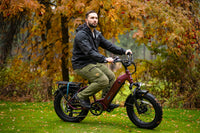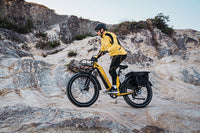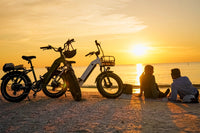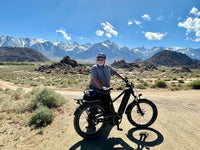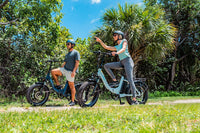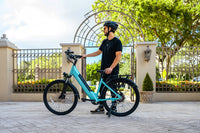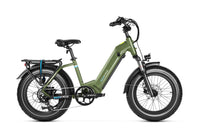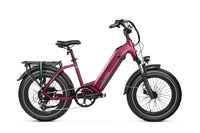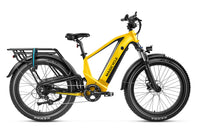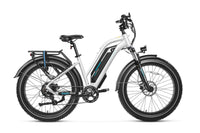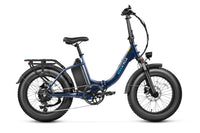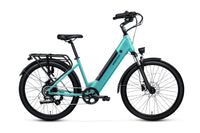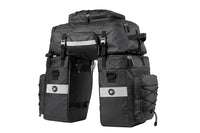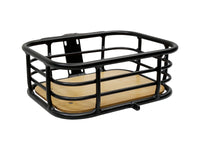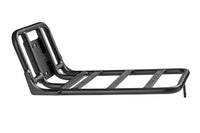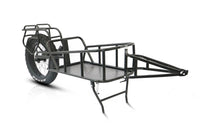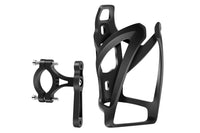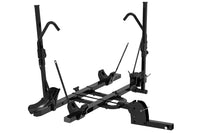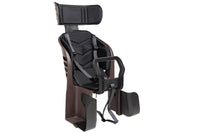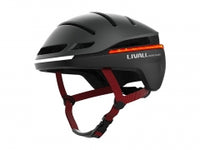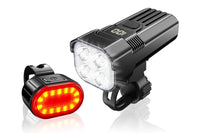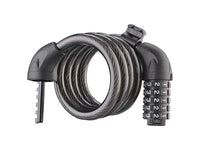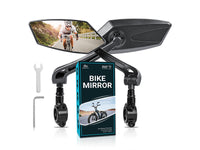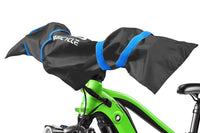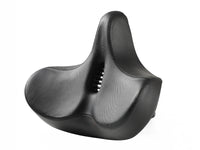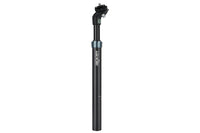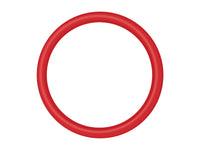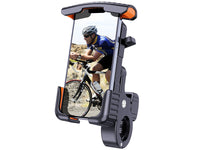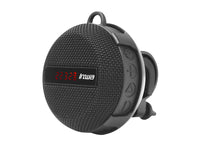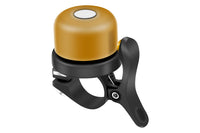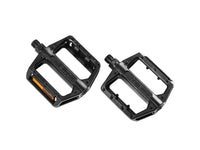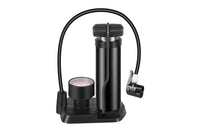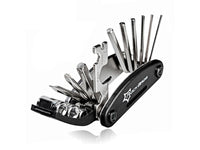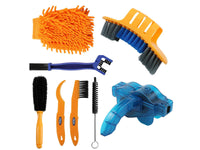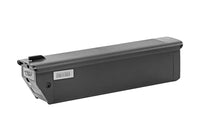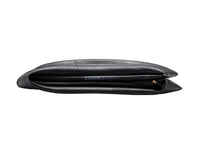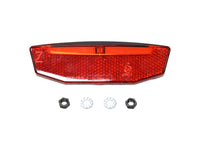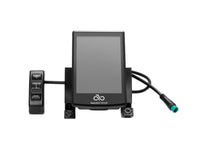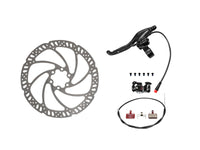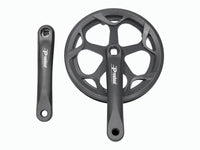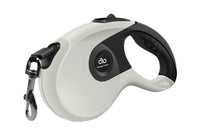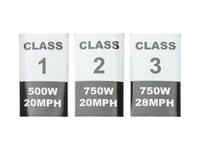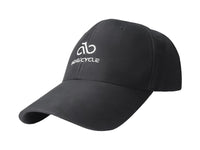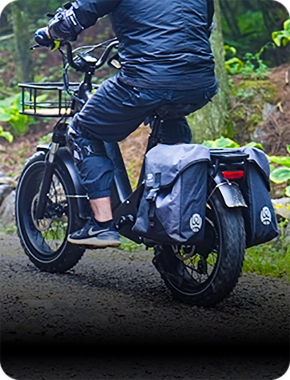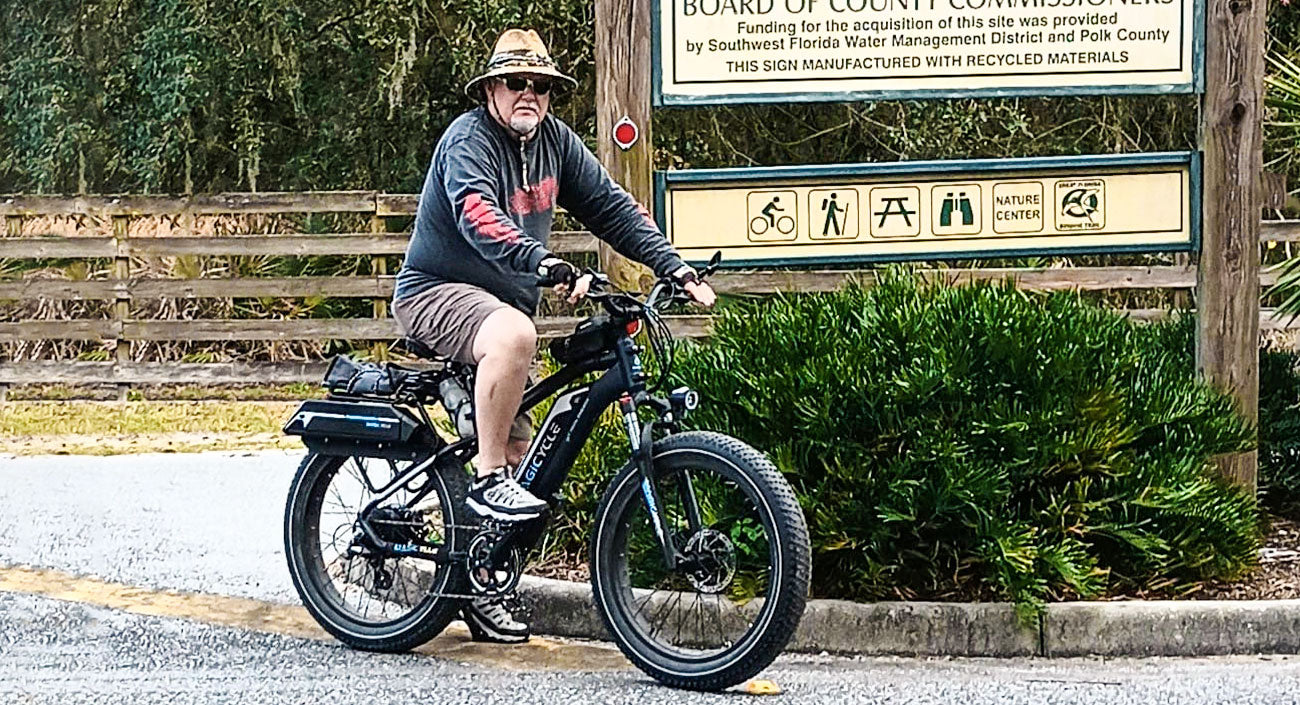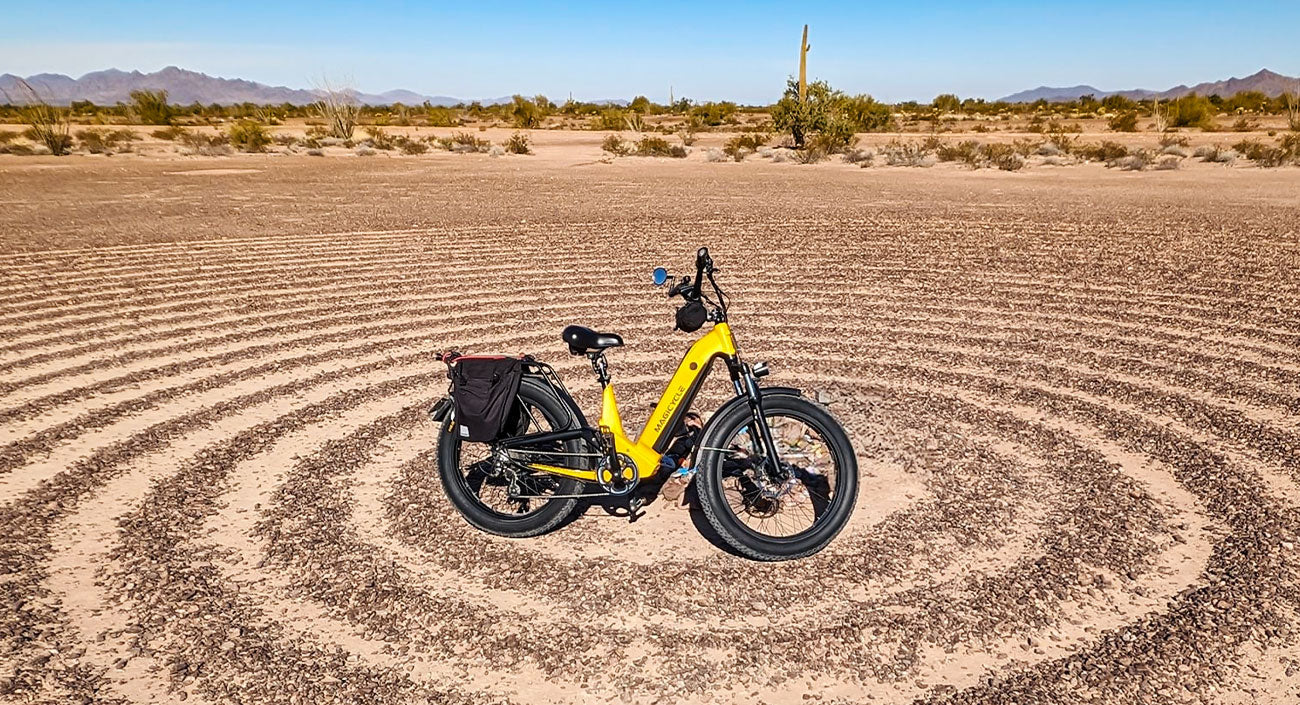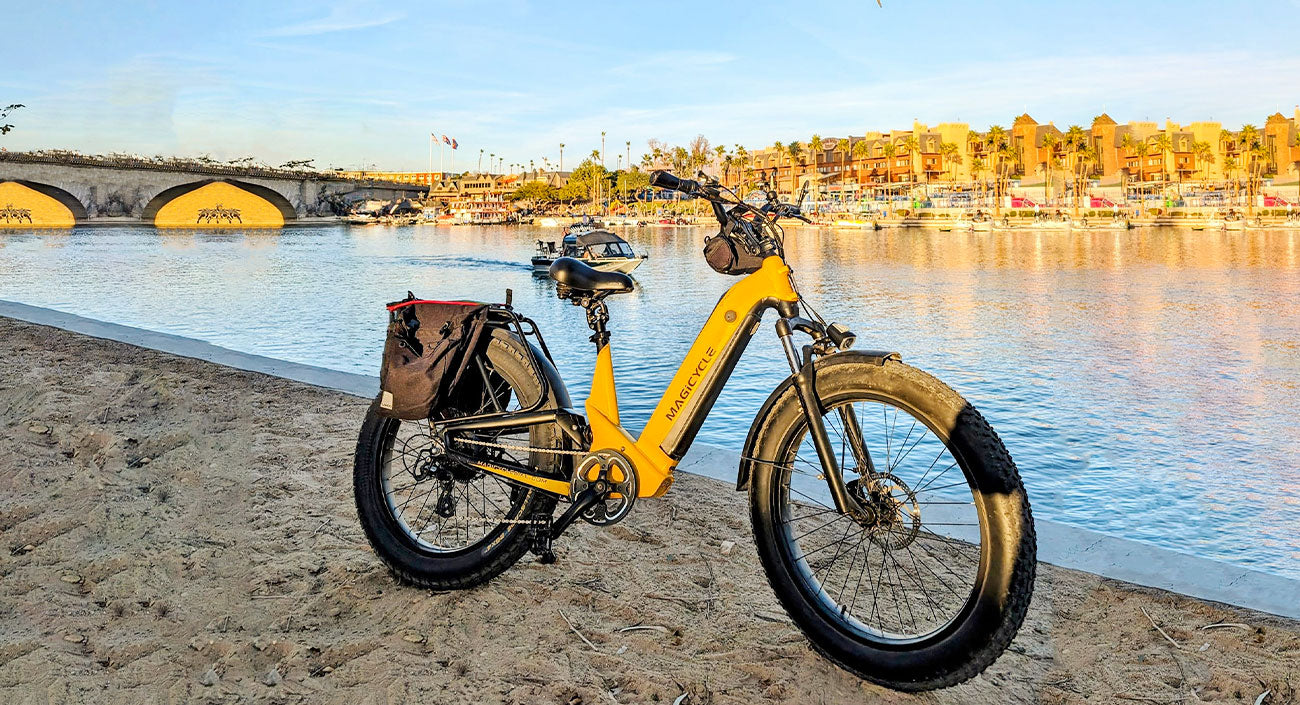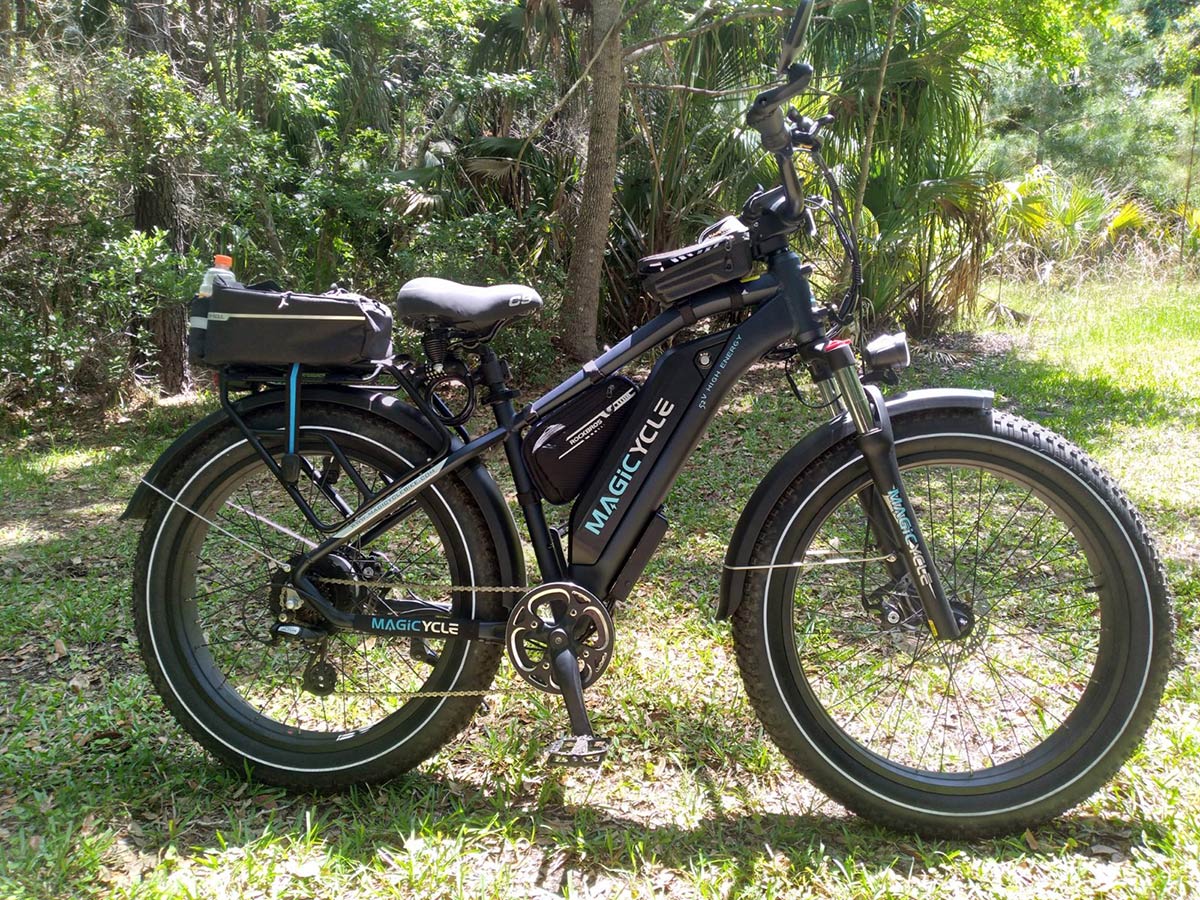 June 30,2023
June 30,2023
 June 30,2023
June 30,2023
Thanks to advances in electric bike motors and batteries. Electric bikes have really come into their own and become more mainstream (and less expensive!) in recent years. popularity in the US.
Learning how an electric bike motor works can be crucial if you're looking to customize or purchase an electric bike. It could also help you make an informed decision about which one will be best for you as a rider. The engine you choose will have an impact on your overall driving experience.
How E-Bike Motors Work
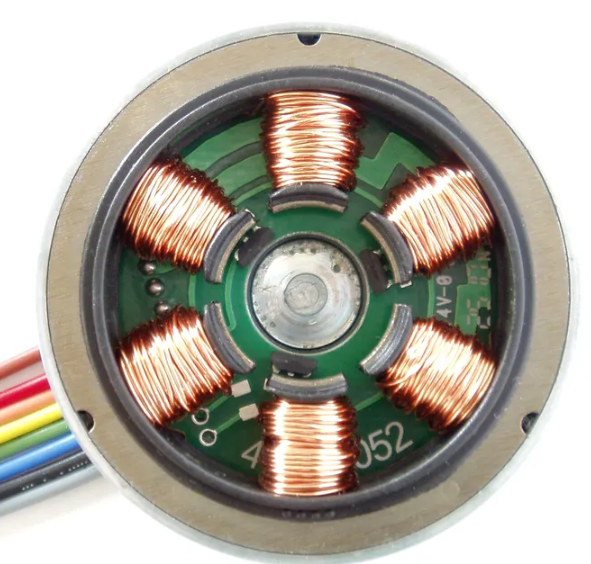
Basically, electric motors translate electrical energy into mechanical energy. Electric bikes use brushless DC motors, which means they don't use brushes to alternate the direction of current flowing to the motor, like older electric motors did. Those brushes made the motors less efficient and tended to wear out over time.
Open up a BLDC motor and you'll see a bunch of wires wrapped around a circular series of poles. That's the stator; it becomes an electromagnet when the motor controller draws current from the battery to the cables. You'll also see a circular array of permanent magnets, either directly inside or outside the stator. The orientation of the magnets relative to the stator depends on the type of BLDC motor, but either way, that's the rotor.
Grasping the interaction between the rotor and stator is crucial to understanding how electric bike motors work. When current passes through the stator electromagnets in a circular sequence, those electromagnets repel and attract the permanent magnets in the rotor, causing it to rotate. The stator is attached to a shaft.
In a mid-drive motor, the axle turns to generate torque, and that torque gives you pedaling assistance through a small chainring attached to the axle. In hub motors the shaft becomes a shaft and therefore does not rotate. Instead, the rotor itself turns, causing the entire motor (hub) to turn, thus creating torque to turn either the front or rear wheel.
While there are big differences between classes, makes, and models, probably the most difficult decision when shopping for an electric bike is which motor to choose: a rear hub motor (RHM) or a mid-drive motor (MDM).
Which is better?
If you ask Google this specific question, hundreds of bike reviewers will urge you to forget about rear hub motors and always go for a mid-drive motor. And while I also personally enjoy the midway drive, I can definitely say that getting one isn't always the best option. Like everything in life, it all depends on your needs, driving style and preferences. That's why it's critical to understand the pros and cons of both types of motors, so you can enjoy your ride and not just waste money.
How electric bike hub motors work
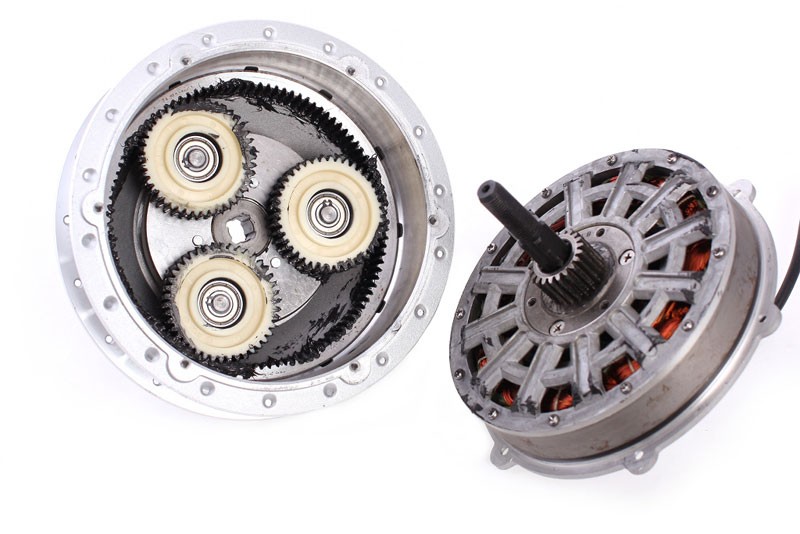
Because hub motors work off of a bike's chain drive, they don't wear out chains and gears like mid-drives do. They're also cheaper because they're mass-produced in much larger quantities and don't require manufacturers to modify a frame to fit a specific engine.
Hub motors, especially direct drive ones, do not climb as efficiently as mid drive ones. “If you're traveling uphill at low speed and the motor is also spinning at low speed, you're converting a lot of that power into heat instead of forward motion,” says Weinert. The higher power required by direct drive hub motors means larger motors and batteries, which adds weight.
Weight distribution isn't as centered either, although the effect on the bike's handling depends on the weight of the motor. Lastly, changing tires can be tedious because you'll need to disconnect the wires that power and control the hub motor.
How electric bike mid-drive motors work
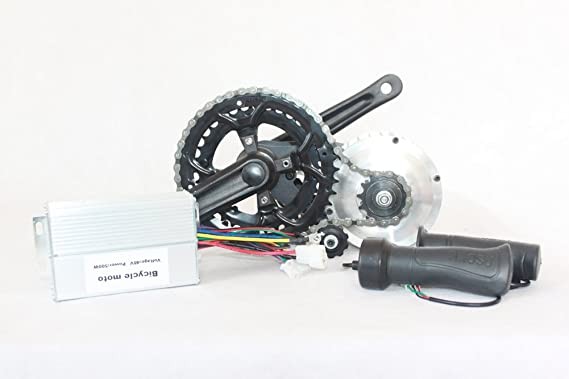
Generally speaking, mid-drives climb steep hills more efficiently than hub-driven e-bikes because they can use the bike’s existing geared drivetrain to take advantage of higher gear reduction for low-speed climbing, rather than supplementing it as an additional non-geared power source. (The efficiency disadvantage happens when a hub motor isn’t spinning at its optimal RPM—a powerful geared hub motor should be just as efficient as a mid-drive.) The centered position on the bike also creates a more balanced ride. That, combined with climbing advantage, makes them the go-to motor for e-mountain bikes.
Changing tires on mid-drive e-bikes is easier because there’s no wiring between the frame and the hub, and that allows users to run any wheelset.
The downside of adding a mid-drive motor to a chain-driven bike is increased chain wear. Respectable e-bike manufacturers won’t skimp on chain quality, but the added torque means you might be replacing chains more often. Mid-drives are also more expensive because they contain more mechanical components and higher gear reduction, which drives up cost.
Electric Bike Hub Motors vs Mid-Drive Motors
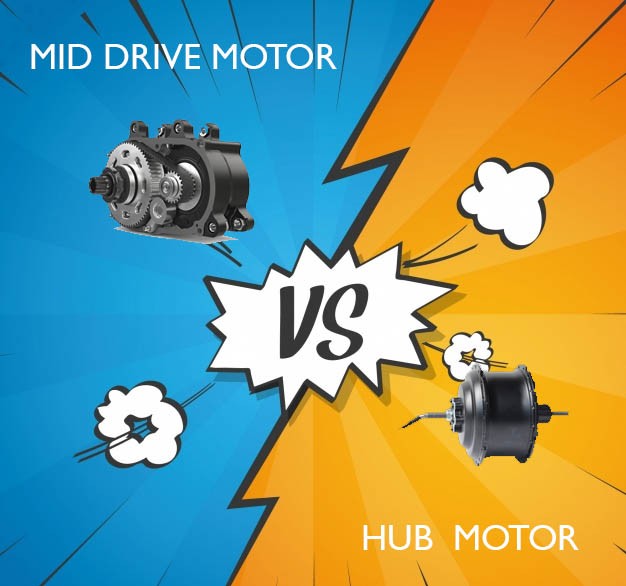
Electric bikes tend to either come with a hub motor or a mid-drive motor. Mid-drive motors sit where the cranks and bottom bracket are on a bike and drive the cranks and chain around. Hub drive motors sit in the middle of the wheel and drive the wheel directly. Hub drive electric bikes are cheaper but less efficient. Most of the electric bikes that we sell use mid-drive motors.
Most modern electric bikes for adults have motors that will automatically kick in as soon as you start pedalling. There is no throttle or need to press a button, you simply pedal and the motor works automatically.
On hub driven bikes the motor tends to be fairly on or off. Whereas the mid-drive motors have a more graduated power. With mid-drive motors the harder you pedal the more power the motor will put out. This makes riding the bikes feel very natural and intuitive. As the bike will respond instantly to the effort you are putting in.
Although mid-drive electric bike motors will respond to the pressure you put on the pedals. They will also normally have settings for the amount of power you want the motor to contribute. Bosch electric motors come with a series of modes from eco, through touring, sport and boost. Each level contributes more power from the motor but in exchange, the battery life gets shortened.
Shimano Electric Bike Motors

Shimano are the biggest manufacturer, and best-known brand, of standard bike gears and brakes. Their electric bike motors are known as the STEPS system which stands for Shimano Total Electric Power System.
Like Bosch, Shimano makes different motors for urban and city use, trekking and mountain biking. As you would expect the Shimano STEPS system is designed to work with wider Shimano gear and brake systems.

Both have motors where the power kicks in automatically and where you can set the level of assistance you want. Battery life is very similar and the top speed and power output are both the same. The Shimano motors are the lightest on the market and current models come in around 2.5kg compared to around 3.2kg for the equivalent Bosch model. This is a pretty significant weight saving.
The rider experience on Bosch and Shimano equipped bikes is very similar.
Magicycle 52V Most Powerful Fat Tire Electric Bike Only $1,589! Limited Offer. Don't miss it! Free Shipping!


















































